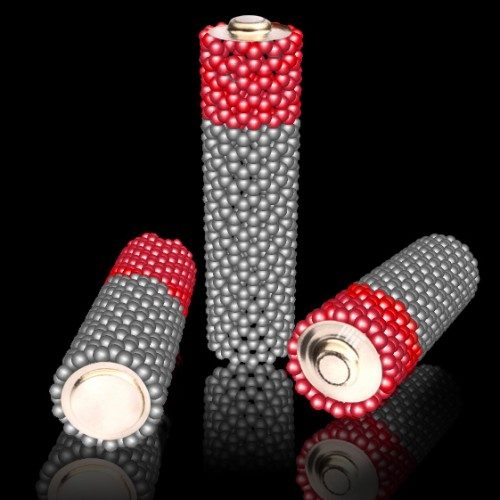A new carbon material can be possibly made with our present technology to enhance the performance of our daily use batteries. These materials can act our lifelines in long storage of energy. This will be a new game changing scenario in energy-storage fields. Our own life i.e. human body is based on carbon and so it will be not be surprising to have a new advance carbon material.
This carbon material should be so design that it can be controlled and also should be versatile. This can be more clearly understood through chemistry based experiments. Experiment should focus on finding new carbon material relating to an exceptional energy-storage capacity and also enabling unprecedented performance in lithium-sulphur batteries and superconductors. This material can be fit in our small watch batteries or it may also range to as high as satellite or big industries.
According to researchers, the new designer carbon represents a dramatic improvement over conventional activated carbon, an inexpensive material widely used in products ranging from water filters and air deodorizers to energy-storage devices.
A lot of cheap activated carbon is made from coconut shells. To activate the carbon, manufacturers burn the coconut at high temperatures and then chemically treated it. The activation process creates nanosized holes, or pores, that increase the surface area of the carbon, allowing it to catalyze more chemical reactions and store more electrical charges.
But activated carbon has serious drawbacks. For example, there is little interconnectivity between the pores, which limits their ability to transport electricity. With activated carbon, there’s no way to control pore connectivity. Also, lots of impurities from the coconut shells and other raw starting materials get carried into the carbon. As a refrigerator deodorant, conventional activated carbon is fine, but it doesn’t provide high enough performance for electronic devices and energy-storage applications.
3-D networks
Instead of using coconut shells, researchers developed a new way to synthesize high-quality carbon using inexpensive — and uncontaminated — chemicals and polymers.
The process begins with conducting hydrogel, a water-based polymer with a spongy texture similar to soft contact lenses. Hydrogel polymers form an interconnected, three-dimensional framework that’s ideal for conducting electricity. This framework also contains organic molecules and functional atoms, such as nitrogen, which allow us to tune the electronic properties of the carbon.
For the study, the team used a mild carbonization and activation process to convert the polymer organic frameworks into nanometer-thick sheets of carbon. The carbon sheets form a 3-D network that has good pore connectivity and high electronic conductivity. Researchers also added potassium hydroxide to chemically activate the carbon sheets and increase their surface area.
The result: designer carbon that can be fine-tuned for a variety of applications. Researchers call it designer carbon because researchers can control its chemical composition, pore size and surface area simply by changing the type of polymers and organic linkers, or by adjusting the amount of heat supply during the fabrication process.
For example, raising the processing temperature from 750 degrees Fahrenheit (400 degrees Celsius) to 1,650 F (900 C) resulted in a 10-fold increase in pore volume. Subsequent processing produced carbon material with a record-high surface area of 4,073 square meters per gram — the equivalent of three American football fields packed into an ounce of carbon. The maximum surface area achieved with conventional activated carbon is about 3,000 square meters per gram. High surface area is essential for many applications, including electrocatalysis, storing energy and capturing carbon dioxide emissions from factories and power plants.
Supercapacitors
To see how the new material performed in real-world conditions, the team fabricated carbon-coated electrodes and installed them in lithium-sulfur batteries and supercapacitors.
Supercapacitors are energy-storage devices widely used in transportation and electronics because of their ultra-fast charging and discharging capability. For supercapacitors, the ideal carbon material has a high surface area for storing electrical charges, high conductivity for transporting electrons and a suitable pore architecture that allows rapid movement of ions from the electrolyte solution to the carbon surface.
In the experiment, a current was applied to supercapacitors equipped with designer-carbon electrodes.
The results were dramatic. Electrical conductivity improved threefold compared to supercapacitor electrodes made of conventional activated carbon. Designer carbon improved the rate of power delivery and the stability of the electrodes.
Batteries
Tests were also conducted on lithium-sulphur batteries, a promising technology with a serious flaw: When lithium and sulphur react, they produce molecules of lithium polysulfide, which can leak from the electrode into the electrolyte and cause the battery to fail.
The team discovered that electrodes made with designer carbon can trap those pesky polysulphides and improve the battery’s performance.
Electrodes can be easily design with very small pores that allow lithium ions to diffuse through the carbon but prevent the polysulphides from leaching out. Designer carbon is simple to make, relatively cheap and meets all of the critical requirements for high-performance electrodes.

